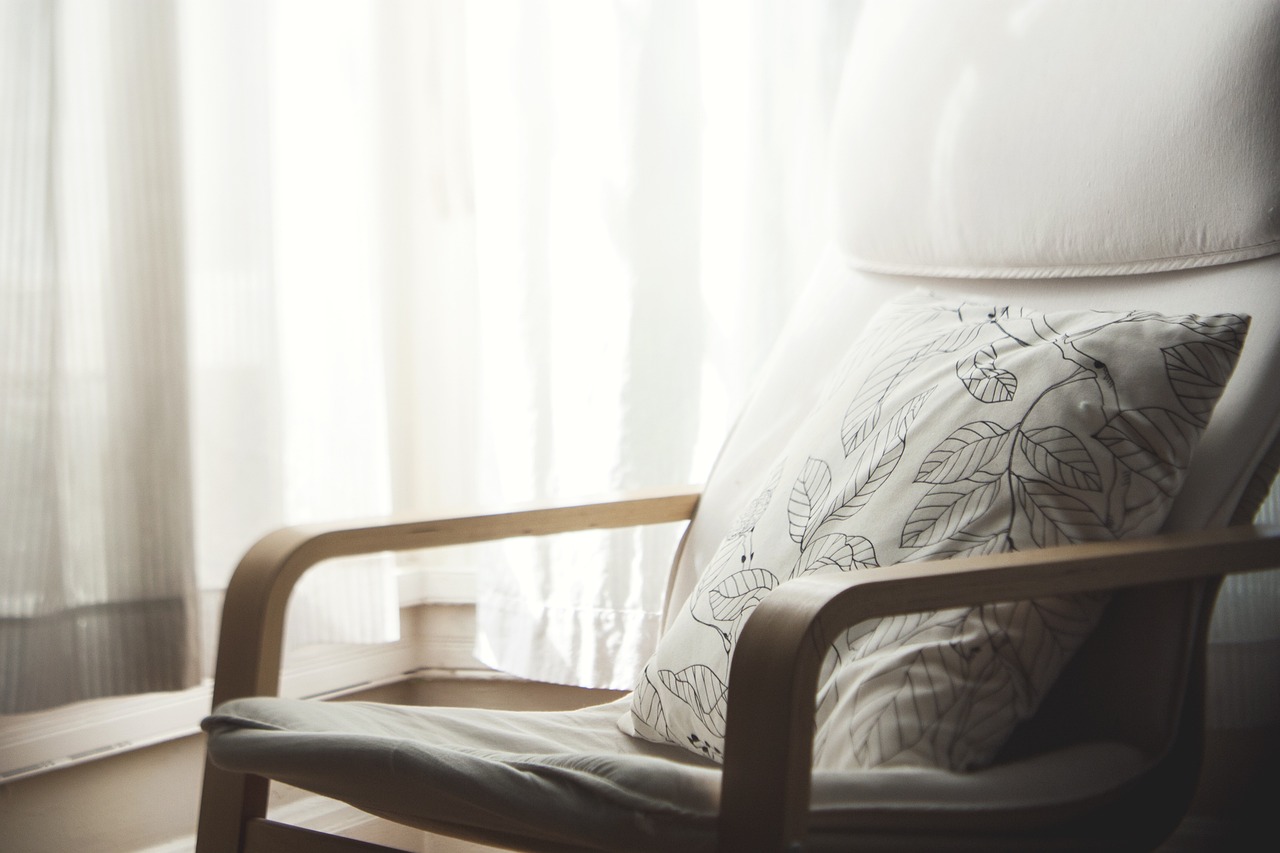The Role of Universal Design in Sustainable Home Improvement
Universal design is a concept that aims to create spaces, products, and environments that are accessible and usable by everyone, regardless of age, ability, or background. The principles of universal design focus on making sure that the built environment is inclusive and accommodating for all individuals. This means considering factors such as flexibility, simplicity, and intuitive design to ensure that everyone can navigate and use spaces comfortably and safely.
By incorporating universal design principles into architecture and interior design, we can create environments that promote independence and equality for people of all abilities. Features such as wide doorways, slip-resistant flooring, and lever-style door handles are just a few examples of how universal design can improve accessibility and convenience for everyone. Ultimately, by embracing universal design principles, we can create spaces that are welcoming and functional for people of all ages and abilities, fostering a more inclusive and equitable society.
Benefits of Sustainable Home Improvement
Engaging in sustainable home improvement projects comes with a myriad of advantages for both homeowners and the environment. By opting for eco-friendly materials and energy-efficient appliances, individuals can significantly reduce their carbon footprint and contribute to the conservation of natural resources. These sustainable practices not only promote a healthier planet but also lead to long-term cost savings on energy bills and maintenance.
Furthermore, sustainable home improvements can enhance the overall quality of life for inhabitants. Improved indoor air quality, natural lighting, and eco-friendly materials create a healthier and more comfortable living environment. The use of sustainable practices in home construction and renovation not only improves the aesthetics and functionality of the space but also fosters a sense of pride and satisfaction in homeowners for reducing their impact on the environment.
• Sustainable home improvement projects reduce carbon footprint
• Energy-efficient appliances lead to cost savings on energy bills
• Conservation of natural resources benefits the environment
• Improved indoor air quality enhances quality of life
• Natural lighting creates a more comfortable living space
• Eco-friendly materials promote healthier living environments
• Sustainable practices in construction and renovation improve aesthetics and functionality
Incorporating Energy-Efficient Features
Making the decision to incorporate energy-efficient features into your home can lead to significant cost savings in the long run. By utilizing technologies such as LED lighting, smart thermostats, and energy-efficient appliances, homeowners can reduce their energy consumption and lower utility bills. Additionally, by investing in insulation and double-glazed windows, you can improve your home’s thermal efficiency and decrease the need for excessive heating or cooling.
Moreover, integrating renewable energy sources like solar panels or wind turbines can further enhance the energy efficiency of your home. These sustainable solutions not only reduce your carbon footprint but also offer the potential to generate electricity and even earn you money through government incentives for excess energy production. By taking proactive steps to incorporate these energy-efficient features, you can create a more environmentally friendly and cost-effective living space for yourself and future generations.
What are some key principles of Universal Design?
Some key principles of Universal Design include designing for accessibility, flexibility, simplicity, and intuitive use for people of all ages and abilities.
What are the benefits of sustainable home improvement?
Sustainable home improvement can help reduce energy costs, improve air quality, increase property value, and contribute to a healthier environment.
How can I incorporate energy-efficient features into my home?
You can incorporate energy-efficient features into your home by installing energy-efficient appliances, using programmable thermostats, improving insulation, sealing air leaks, and utilizing natural light through windows and skylights.







